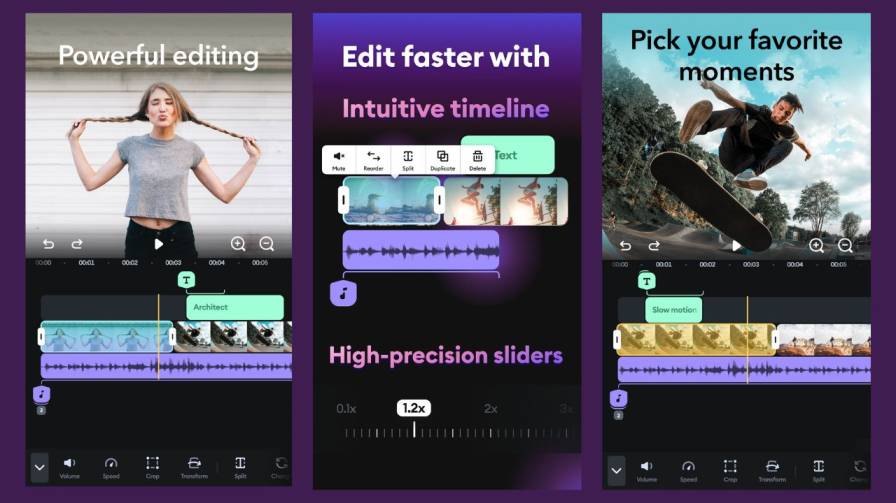Billy Joel’s “Vienna,” a well-liked song, is renowned for its reflective lyrics and calming tune. For both beginning and experienced pianists, learning how to play “Vienna” on the piano may be a fulfilling experience. This tutorial will help you effortlessly learn how to play this well-known song by breaking down the chords, melody, and rhythm.
Getting the Flow of “Vienna”
It’s important to grasp the song’s structure before pounding the keyboard. There are three parts to “Vienna”: verses, chorus, and bridge. Since the song is in the key of B-flat major, the chords and notes you work with will fall within this scale.
Basic Chords to Learn
The first step in learning how to play “Vienna” on piano is mastering the basic chords. The primary chords used in the song are:
- B-flat Major (Bb): B-flat, D, F
- F Major (F): F, A, C
- G Minor (Gm): G, B-flat, D
- E-flat Major (Eb): E-flat, G, B-flat
- C Minor (Cm): C, E-flat, G
These chords form the foundation of the song, and practicing them individually will help you get comfortable with their shapes and transitions.
Playing the Intro
The intro of “Vienna” sets the mood for the entire song. It features a combination of arpeggiated chords and a simple melody. Start by playing the B-flat major chord in an arpeggio pattern (B-flat, D, F) with your right hand while holding the root note (B-flat) with your left hand. Transition smoothly into the F major chord, and continue this pattern.
Practice the intro slowly, focussing on keeping the rhythm steady. As you become more comfortable, gradually increase your speed to match the song’s tempo.
Verse Breakdown
The verses in “Vienna” are built around a few repeating chord progressions. Here’s a simple breakdown:
- First Line: B-flat Major (Bb), F Major (F), G Minor (Gm)
- Second Line: E-flat Major (Eb), B-flat Major (Bb), F Major (F)
Play the chords in their basic form with your left hand while your right hand can play the melody. The melody mainly follows the vocal line, so if you’re familiar with the lyrics, this will help you find the right notes.
Chorus Progression
The chorus of “Vivenna” is where the song really shines. The chord progression is slightly different and adds to the emotional depth of the song.
- First Line: E-flat Major (Eb), B-flat Major (Bb), F Major (F), G Minor (Gm)
- Second Line: E-flat Major (Eb), B-flat Major (Bb), F Major (F)
Again, focus on transitioning smoothly between chords. The chorus is slightly more dynamic, so try to emphasise the chords to reflect the song’s intensity.
Bridge Section
The bridge in “Vienna” is short but adds a nice contrast to the rest of the song. The chord progression here includes:
- G Minor (Gm)
- C Minor (Cm)
- F Major (F)
- B-flat Major (Bb)
The bridge shifts the tone slightly, giving it a reflective quality. Play it softly and with expression, letting the notes resonate.
Adding the Right Hand Melody
Once you’re comfortable with the chords, it’s time to add the melody. The melody in “Vienna” follows the vocal line closely, so if you know the song well, this will be intuitive. Start by playing the melody with your right hand while keeping the chords steady with your left hand.
Focus on the timing and dynamics. “Vienna” is a song filled with emotion, so play the melody expressively. Use the sustain pedal sparingly to add depth and resonance to your notes.
Tips for Practicing “Vienna”
- Start Slow: Don’t rush through the song. Begin at a slow tempo and gradually increase your speed as you become more comfortable.
- Use a Metronome: A metronome can help you keep time and develop a consistent rhythm.
- Practice hands separately: work on the left-hand chords and right-hand melody separately before combining them.
- Listen to the song: Familiarise yourself with the original track to understand the nuances and timing.
- Focus on Dynamics: Play around with the volume and intensity to capture the song’s emotional essence.
Troubleshooting Common Issues
When learning how to play “Vienna” on piano, you might encounter some common challenges:
- Difficulty Transitioning Between Chords: Practice the transitions slowly. Focus on the hand movements and finger positioning to make smoother changes.
- Struggling with the Melody: Break down the melody into smaller sections and practice them individually. Repetition will help solidify the notes in your memory.
- Maintaining Consistent Rhythm: Use a metronome and tap your foot to keep time. Rhythm is crucial to keep the song flowing naturally.
Is “Vienna” a good song for beginners?
“Vienna” is an excellent song for beginner to intermediate piano players. While the chords are relatively simple, the melody offers a bit of a challenge, making it a great piece to practice both chord progressions and melodic playing. Its slow tempo and emotional depth also make it a rewarding piece to play.
Final Thoughts: Mastering “Vienna” on Piano
Learning how to play “Vienna” on piano is a fulfilling journey that combines technical skill with emotional expression. The song’s beautiful melody and meaningful lyrics make it a favourite among piano players. By breaking down the chords, melody, and rhythm and practicing consistently, you’ll be able to play “Vienna” with confidence and grace.
Remember, the key to mastering any song on the piano is patience and practice. Take your time with each section, and soon you’ll be able to play “Vienna” in its entirety, adding your personal touch to this timeless classic.
Share via:



